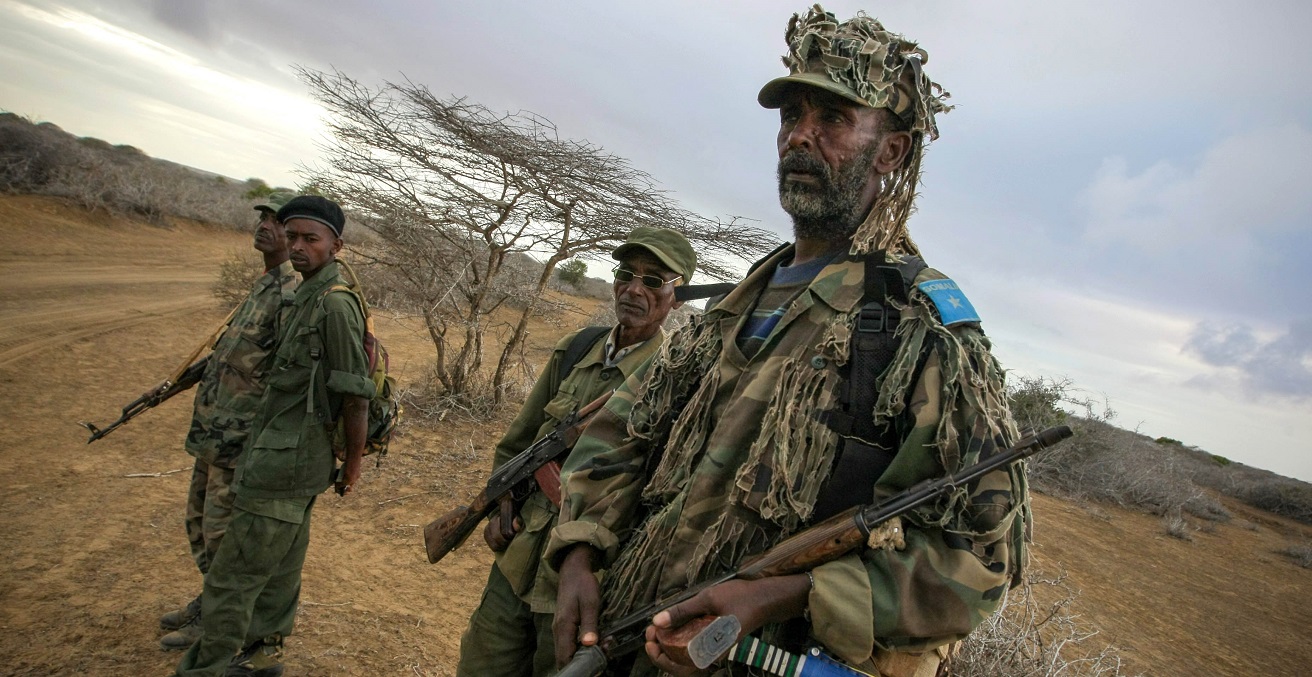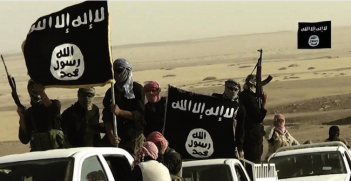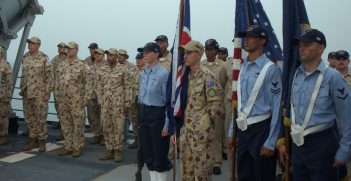On the Edge of Failure: Somalia's Fight for Survival

Since mid-October, Somalia’s fragile calm has been broken by terrorist attacks. Militant group al-Shabaab has been blamed for the massive Mogadishu attack and the violence means Somalia’s future is again in jeopardy.
On 14 October 2017 a bomb attack in Mogadishu killed nearly 320 civilians and injured 500, marking Somalia’s single deadliest terrorist attack in the country. Somalia’s government believes al-Shabaab (AS) is to blame but this has yet to be confirmed.
Somalia had been gearing towards increased violence by its AS militants for the past two years, but the scale of this attack appears unexpected. It suggests AS has been dangerously underestimated by the government of Somalia and the international community.
Al-Shabaab in Somalia
When speaking with UN officials in January this year, newly elected President Mohamed Abdullahi Mohamed expressed optimism that Somalia’s national security could counter al-Shabaab with continued support from the international community. Ethiopia’s state minister for foreign affairs added “what we see in Somalia today is more than a light at the end of the tunnel.” Such comments could not have been any further from the reality that was steadily unfolding.
In 2015, al-Shabaab conducted 185 attacks causing approximately 600 deaths. In 2016 it increased this number to 290 attacks with a further 650 deaths. 2017 is shaping up to be even worse.
Somalia is a complex high-risk zone that has struggled for years with international intervention, occupation, government corruption, clan rivalries, famine and limited economic development. However, this latest attack highlights that the current policy and the significantly ramped-up US intervention might be misguided.
Al-Shabaab is Somalia’s largest militant organisation dedicated to removing the government and it is driven by extreme nationalism, Sharia law and strict non-interventionism. AS and al-Qaeda struck a formal alliance in 2012 in an attempt to connect the cause to the broader jihadist movement. It was a power play that captured worldwide attention and has instigated much of the intervention to date.
AS is strategic and powerful and not to be underestimated. It has demonstrated impressive discipline and organisation in controlling an online narrative by using Twitter when conducting large-scale attacks.
It has achieved division among the most vulnerable and marginalised populations by providing food, social services and money to the poor. It may be the case that al-Shabaab, which is thought to be responsible for the October attack, will not confirm it. It does so in order to maintain credibility, manipulate the population and seed doubt.
The October attack
This year began with a transitional new government who immediately became the primary target for AS. An al-Shabaab member said on the 18 February that the group would target anyone who collaborated with the new president; two days earlier mortars were fired on the presidential palace, killing two children.
Nearly 70 per cent of al-Shabaab’s targets consist of government, military and police and their most recent attack was believed to be intended for the UN, embassies and a special forces compound.
In March, Somalia entered into what was predicted to be “the world’s largest humanitarian crisis in 70 years” and the famine conditions proved fertile ground for terrorism. In recent months, AS has been blocking essential aid to the most vulnerable areas and using hunger as a weapon to control the masses.
It was also in March—and it has remained the situation since—that US military intervention in Somalia increased dramatically and received global media attention. The White House implemented deep policy changes to provide greater operational flexibility on the ground. This saw the approval mechanism for conducting drone strikes moderated from requiring a ‘near certainty’ that civilians would not be at risk, to only requiring a ‘reasonable certainty’.
In the background there is growing concern that the Somali National Army (SNA) could pose a future danger and a pivotal opportunity for AS to be empowered and gain tactical mobility. Much of this concern focuses on two issues. First, international troops are set to slowly withdraw from the region over the next three years and the SNA has yet to prove it is an independent unit.
Second, Somali soldiers have recently protested reduced or delayed payments for their service. This situation is sure to fuel animosity within the ranks and jeopardise their commitment to the cause, especially in a famine environment. A 2015 UN Monitoring Group for Somalia and Eritrea report predicts that soldiers could be forced to sell their weapons and collaborate with militants if this situation continues.
Reports are now circulating that a person linked to the recent attack and currently detained was in fact a former SNA soldier. He had shown hatred for, and talked about a desire for revenge against, the government. The soldier had asserted that US special forces and local troops conducted a raid that killed 10 civilians including three children in his community last month.
The tragic attack on 14 October may not have been avoidable; Somalia’s complex and deep historical problems are not easily resolved. However, it is clear that conditions have been escalating towards a large-scale conflict for most of 2017.
Kendall Galbraith is a research analyst and writer for the Edith Cowan Centre for Global Issues at Edith Cowan University. She has an undergraduate degree in international relations from Curtin University and is studying for a master’s degree in counter terrorism and security studies at Charles Sturt University.
This article is published under a Creative Commons Licence and may be republished with attribution.





